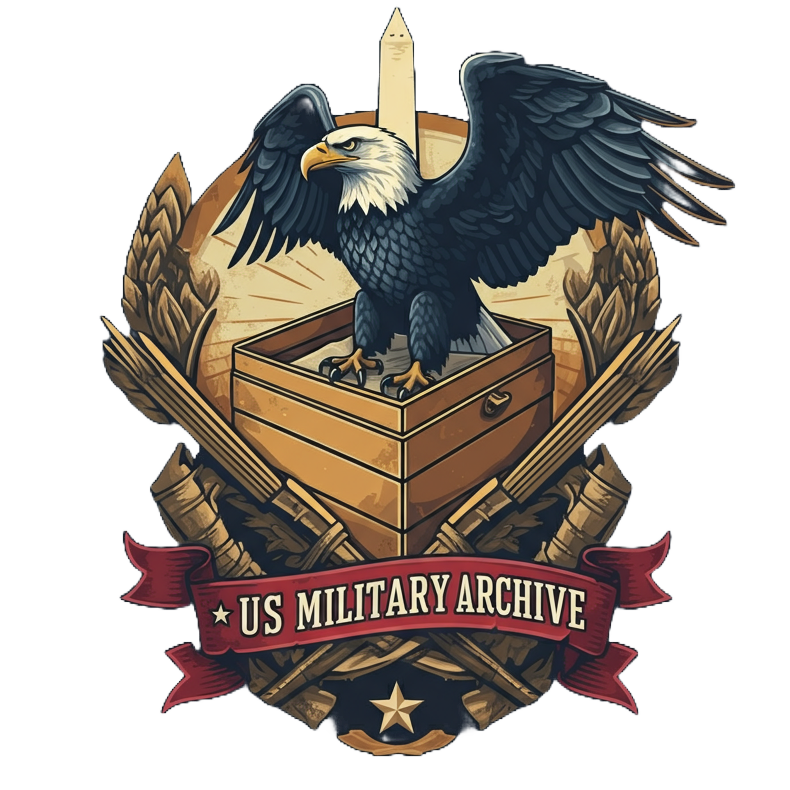
Delta Force: Desert Storm Shadows
Archive Text
The 1991 Gulf War, codenamed Operation Desert Storm, saw the deployment of a US-led coalition to liberate Kuwait from Iraqi occupation. While much of the conflict is remembered for the massive air campaign and ground offensive, the contributions of special operations forces, including 1st Special Forces Operational Detachment-Delta (1st SFOD-D, or Delta Force), played a crucial, albeit less publicized, role.
Delta Force operators were deployed to the theater prior to and during the conflict. Their missions, by nature, were highly classified, but declassified information and publicly available accounts suggest involvement in several key areas.
Delta teams likely conducted special reconnaissance missions behind enemy lines, gathering intelligence on Iraqi troop deployments, command and control infrastructure, and high-value targets. This information would have been vital for targeting decisions by coalition air and ground forces. The vast, open desert terrain presented unique challenges for infiltration and exfiltration, requiring specialized skills and equipment.
Delta operators are trained for direct action missions, including raids, ambushes, and sabotage. While specific details remain classified, it's plausible that Delta engaged in targeted strikes against key Iraqi assets or personnel. This could have included disrupting communications, destroying critical infrastructure, or neutralizing high-value targets.
One of the most significant threats during Desert Storm was Iraq's use of Scud missiles, launched against coalition forces and Israel. Delta Force, along with other special operations units like the British Special Air Service (SAS), is believed to have played a critical role in hunting down these mobile missile launchers. This involved operating deep in Iraqi territory, locating and identifying Scud launch sites, and either directing airstrikes or, potentially, conducting direct attacks. The vastness of the desert and the mobility of the Scuds made this a particularly challenging task.
A lesser-known aspect, it is very likely Delta had operators standing by to be inserted into Iraq for downed pilot rescues.
The desert environment presented unique challenges for Delta operators. The extreme temperatures, lack of cover, and vast distances required adaptations in equipment, tactics, and logistics. Specialized vehicles, long-range communications, and desert survival skills were crucial for success.
Delta Force's contributions to Operation Desert Storm, while largely unseen by the public, were undoubtedly significant. Their expertise in special reconnaissance, direct action, and unconventional warfare helped to degrade Iraqi capabilities and contribute to the swift and decisive victory of the coalition forces. The lessons learned and experiences gained during Desert Storm further shaped the development of Delta Force and its role in future conflicts.
(Note: Due to the sensitive nature of Delta Force operations, much information remains classified. This article draws upon publicly available sources and declassified information, and interpretations are based on the unit's known capabilities and mission set. We strive for accuracy but acknowledge that certain details may be incomplete or subject to interpretation.)
Files
There are no files available.
